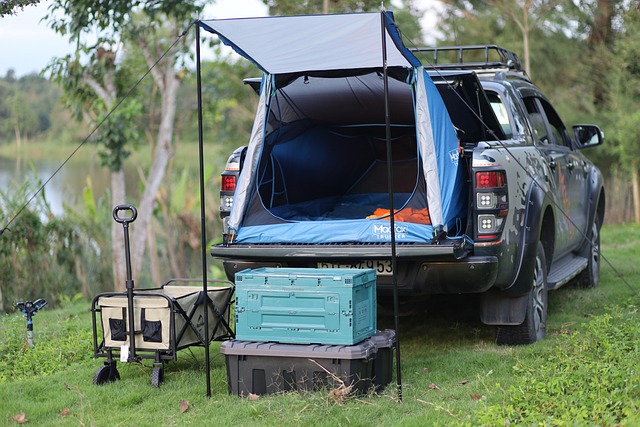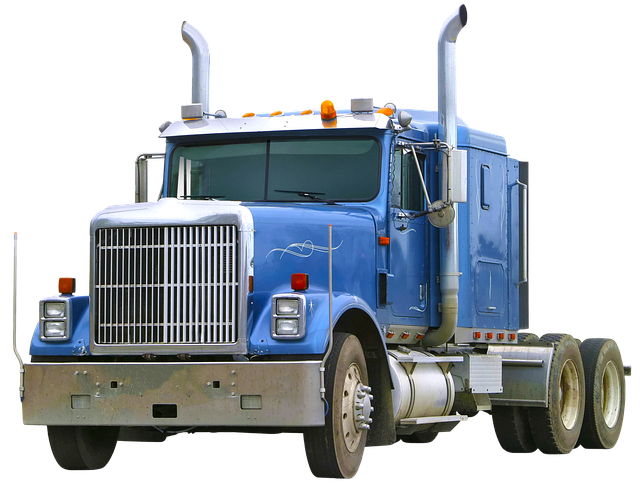Registering a car in California involves understanding specific requirements and gathering essential documents. This step-by-step guide walks you through the process, ensuring compliance with state regulations. Begin by familiarizing yourself with California’s car registration mandates, then collect all necessary paperwork, including proof of ownership, vehicle identification number (VIN) verifier, and valid ID. Visit a local Department of Motor Vehicles (DMV) office to finalize registration, verify your VIN, and complete the necessary forms. After paying the required fees, you’ll receive your license plates.
- Understand California Car Registration Requirements
- Gather Necessary Documents for Registration
- Visit the DMV to Register Your Vehicle
- Verify VIN and Complete Paperwork
- Pay Registration Fees and Receive License Plate
Understand California Car Registration Requirements

Before registering your car in California, it’s crucial to understand the state’s specific requirements. The California Department of Motor Vehicles (DMV) mandates that all vehicles operated on public roads be properly registered and have a valid, unexpired registration certificate. This process involves verifying key information like the vehicle identification number (VIN), owner details, and ensuring the car meets safety standards. Additionally, proof of insurance is mandatory for registration.
One efficient way to meet these requirements is through a mobile VIN inspection or verification service. These services utilize specialized tools to cross-reference your car’s VIN with state databases, ensuring accuracy and saving you time. A mobile VIN verifier can quickly check for any outstanding issues, such as theft, salvage, or outstanding fees, allowing you to address them before proceeding with registration.
Gather Necessary Documents for Registration

Before registering your car in California, ensure you have all the required documents ready. The process typically involves presenting proof of ownership, which can be established through a vehicle’s Certificate of Title or a valid bill of sale. Additionally, the DMV (Department of Motor Vehicles) requires a current vehicle inspection report, often obtained through a vin inspection service, to verify that your car meets safety and environmental standards.
A DMV vin verifier or even a mobile vin verifier app can streamline this process by providing quick access to essential information. These tools help you gather the necessary data, including the vehicle identification number (VIN), which is crucial for identifying your car accurately during registration. Having these documents in order ensures a smoother transaction at the California DMV, enabling you to complete the registration process efficiently.
Visit the DMV to Register Your Vehicle

Visiting the DMV is a crucial step in registering your vehicle in California. You’ll need to bring several documents and verify your car’s VIN (Vehicle Identification Number) through a process known as VIN verification or inspection. This can be done on-site at a DMV office, ensuring that your vehicle meets all legal standards before final registration.
For added convenience, many Californians opt for mobile VIN verification services. These allow you to get your VIN checked by a professional who comes to your location, using advanced technology to ensure the process is swift and accurate. This alternative, offered by some specialized companies, can be particularly useful if you have a busy schedule or face challenges transporting your vehicle to a DMV office.
Verify VIN and Complete Paperwork

Before registering your car in California, it’s crucial to ensure that your vehicle’s Vehicle Identification Number (VIN) is verified accurately. Start by using a DMV VIN verifier or a reliable mobile vin verification service to cross-check the number against official records. This step is essential as an incorrect VIN can lead to registration delays or even denial. A simple online process or even a mobile vin inspection can help you save time and avoid unnecessary complications.
Once your VIN is confirmed, gather all the necessary paperwork. You’ll need original documents like the title, registration certificate, proof of insurance, and valid driver’s licenses for all owners. Ensure that these documents are up to date and meet California’s requirements. Completing this administrative task efficiently will facilitate a smoother process when you visit a California Department of Motor Vehicles (DMV) office.
Pay Registration Fees and Receive License Plate

After completing your vehicle’s registration application at the California DMV (Department of Motor Vehicles), the next step is to pay the required registration fees. These fees vary based on several factors, including your vehicle’s type and age. You can typically pay online or in person at a DMV field office. Once your payment is processed, you will be issued a registration certificate and, most importantly, license plates for your car.
To streamline this process, many Californians opt for a mobile vin verification service, ensuring a swift and accurate vehicle inspection. This service uses advanced technology to validate your car’s information through its unique Vehicle Identification Number (VIN), providing peace of mind before you receive your official plates.
Registering a car in California involves understanding state requirements, gathering essential documents, visiting the DMV, verifying your vehicle’s VIN, completing paperwork, and paying fees. By following these straightforward steps and using reliable tools like a DMV VIN verifier, you can ensure a smooth process. Remember to keep all registration documents up-to-date for legal compliance and convenience.
